1. Keurig and Single-Serve Coffee Makers
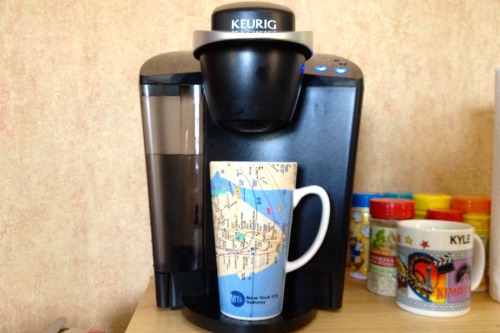
Single-serve coffee machines are marketed as convenient and cost-effective. But K-Cups cost significantly more per ounce than ground coffee or beans—sometimes four to five times as much. They’re also not great for the environment, despite some recyclable options. What you gain in speed, you lose in cost-effectiveness and sustainability.
On top of that, these machines often break sooner than traditional coffee makers and require expensive branded parts. The convenience of popping in a pod comes with recurring costs you might not anticipate. Over time, a daily pod habit can add hundreds to your annual coffee spending. It’s a sleek kitchen staple that quietly eats into your budget.
2. Food Delivery Apps
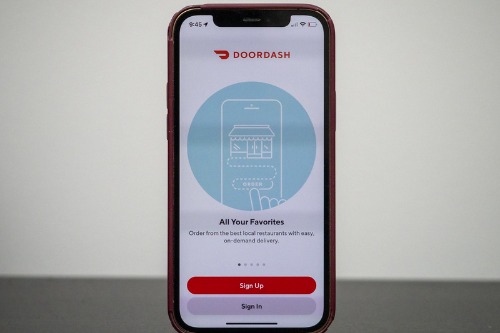
Ordering dinner with just a few taps is undeniably convenient, but the costs add up fast. Between service fees, delivery charges, inflated menu prices, and tips, you can end up paying 30% to 50% more than you would by picking up the food yourself. These platforms also charge restaurants hefty commission fees—sometimes as much as 30%—which can lead them to quietly raise prices to stay afloat. So while you’re saving time, you’re often paying a premium just to avoid putting on shoes.
That convenience becomes even more expensive if you use these apps frequently. A $20 meal can balloon into a $35 expense without much effort. Subscription models like DashPass or Uber One offer slight relief, but only if you order often enough to make them worth it. In the end, it’s a luxury that can quietly drain your budget.
3. Smart Home Devices
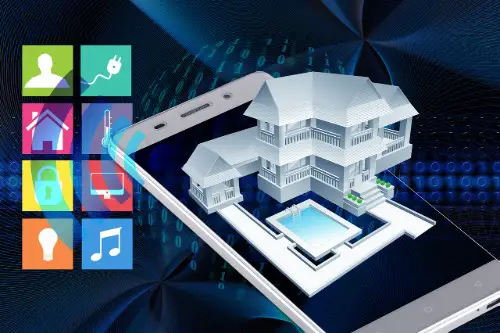
Smart thermostats, lights, locks, and voice assistants promise energy savings and modern comfort. But the upfront costs, maintenance, and constant upgrades can negate the money-saving angle. Many devices require specific hubs or subscription services for full functionality—costs that often aren’t obvious at checkout. And if something breaks? Good luck fixing it without replacing the whole unit.
The smart home trend banks on the idea that we’ll pay for marginal convenience. Sure, turning off your lights with your voice feels cool at first, but it’s not a game-changer for most people. Plus, many features—like remote access—depend on consistent internet and app support, which can disappear with outdated hardware. What you gain in tech novelty, you often lose in wallet weight.
4. Buy Now, Pay Later (BNPL) Services
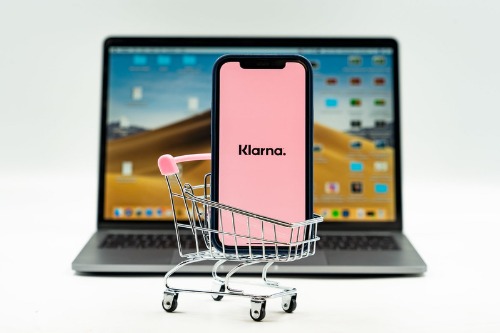
Services like Afterpay and Klarna make it easy to break purchases into manageable chunks. But what feels like financial flexibility can quickly spiral into untracked debt. Because these plans often aren’t reported to credit bureaus, it’s easy to overcommit without realizing how much you owe across platforms. Miss a payment, and you’ll face late fees and possibly a hit to your credit score.
These services are especially popular with younger consumers, many of whom are already juggling student loans and rising living costs. The psychological trick is that smaller payments feel more affordable than lump sums. But in reality, they can encourage impulse buying and overspending. What’s marketed as empowerment can turn into a debt trap if you’re not careful.
5. Drive-Thru Everything
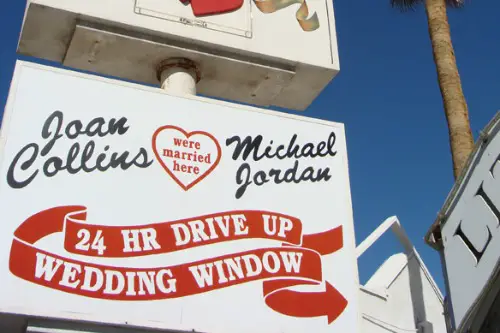
From coffee to prescriptions, the drive-thru has become an emblem of American convenience. But idling in your car while someone fetches your order burns more gas than you think—especially if you’re in a long line. Add in the extra packaging, higher menu prices, and the temptation to order more out of habit, and you’re looking at a costly shortcut. It’s fast, but it’s not always frugal.
Drive-thrus also nudge people toward using their cars for short trips they might otherwise walk. That means more wear and tear on your vehicle and less incidental exercise. The true cost isn’t just monetary—it’s environmental and health-related too. It’s a lifestyle tweak that trades efficiency for long-term expense.
6. Extended Warranties
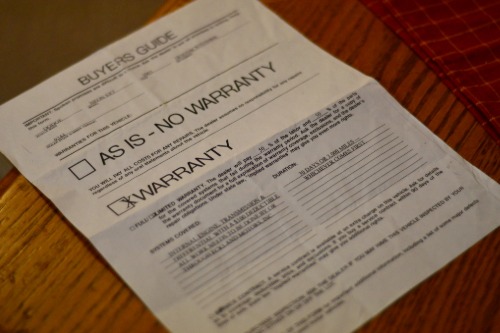
Retailers love to push extended warranties at checkout, and the pitch often plays on fear: what if your gadget breaks just after the standard warranty ends? But most of these warranties cost more than they’re worth, and many come with loopholes that make them hard to use. In fact, studies have shown that most people never use the warranties they buy. And if your item does break, the coverage might not include what you assumed it would.
The truth is, most electronics either fail right away or last for years without issue. Manufacturer warranties usually cover the period when most defects emerge. Instead of spending money on extended coverage, you’re often better off setting aside an emergency fund. That way, you’re not paying to insure a risk that may never materialize.
7. Subscription Everything
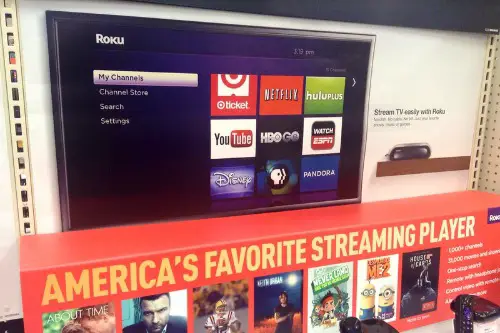
From streaming services and fitness apps to monthly boxes of socks, the subscription economy has exploded. What used to be occasional purchases are now rolling monthly charges that are easy to forget. A $10 or $15 subscription may seem harmless, but add up five or six and you’re suddenly spending hundreds per year. And once you’re subscribed, inertia keeps you from cancelling—even if you rarely use the service.
The appeal lies in convenience and perceived personalization. But many subscriptions provide less value over time while quietly increasing their prices. Some even make cancellation deliberately difficult, banking on forgetfulness or frustration. It’s like being nickeled and dimed in the background of your own life.
8. Grocery Delivery Services
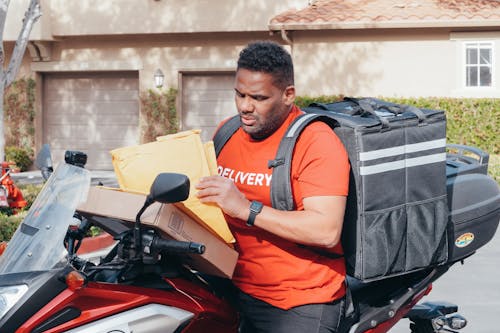
Grocery delivery services promise to save time, but they usually inflate the total cost of your shopping. Markups on items, service fees, tips, and delivery charges can easily increase your bill by 20% or more. And unless you’re a very disciplined shopper, it’s easy to let the app’s suggestions nudge you into impulse buys. The convenience feels great—until you compare receipts with an in-store trip.
There’s also the question of quality: produce and fresh items aren’t always picked with care. Plus, substitutions and unavailable items can mess with your meal planning. You’re paying for someone else’s time, but also losing control over your choices. For many, it’s a trade-off that makes life easier but wallets lighter.
This post 8 “Conveniences” in Modern America That Mostly Just Make Life More Expensive was first published on American Charm.


